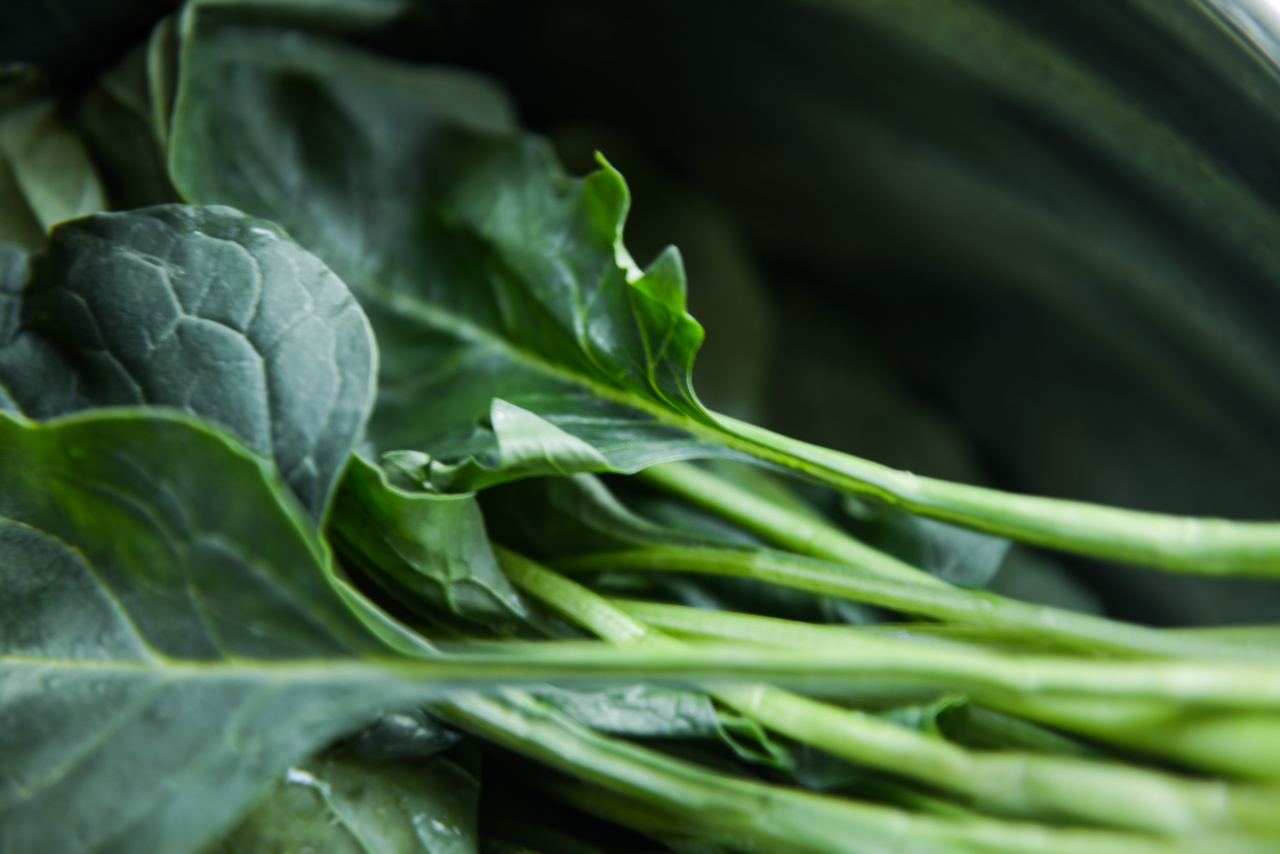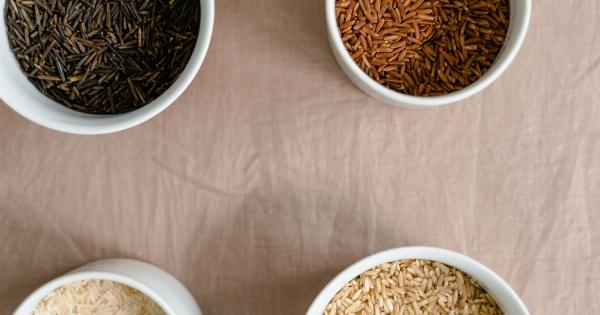Vegetables are an essential part of a nutritious diet. They are packed with essential vitamins, minerals, and antioxidants that are vital for overall health and well-being.
However, there has been an ongoing debate about whether it is better to consume vegetables raw or cooked in order to maximize their nutritional value. In this article, we will explore the benefits and drawbacks of both raw and cooked vegetables and provide tips on how to get the most nutritional value out of your veggies.
Nutritional Value of Raw Vegetables
Raw vegetables are known for their high nutritional value. When vegetables are consumed raw, they retain their natural enzymes, vitamins, and minerals, which are often diminished or destroyed during the cooking process.
Enzymes play a crucial role in digestion and nutrient absorption, making raw veggies an excellent choice for those seeking optimal digestive health.
In addition, raw vegetables are rich in fiber, which aids in digestion, promotes a feeling of fullness, and helps regulate blood sugar levels. Fiber also contributes to a healthy gut microbiome, which is essential for overall immune function.
Furthermore, raw vegetables are a good source of water. Since water-soluble vitamins like vitamin C can be easily destroyed by heat, consuming vegetables in their raw form ensures that you get the maximum amount of these important nutrients.
However, it is important to note that not all vegetables are best consumed raw. Certain vegetables, such as cruciferous vegetables like broccoli and cauliflower, contain goitrogens that can interfere with thyroid function.
These vegetables are best consumed cooked, as cooking breaks down the goitrogens and makes them safe for consumption.
Nutritional Benefits of Cooked Vegetables
Cooking vegetables can enhance their nutritional value in various ways. While cooking may cause some nutrient loss, it can also make certain nutrients more readily available for absorption by the body.
Cooking vegetables can break down tough cell walls and make nutrients easier to digest and absorb.
For example, heat can increase the bioavailability of lycopene in tomatoes, a potent antioxidant known for its role in reducing the risk of prostate cancer.
Cooking can also increase the levels of certain beneficial compounds.
For instance, a study published in the Journal of Agricultural and Food Chemistry found that cooking carrots increased their levels of beta-carotene, a precursor to vitamin A, by almost 34%. Beta-carotene is essential for eye health and immune function.
Cooking can also enhance the taste and texture of vegetables, making them more appealing and enjoyable to eat. This can potentially lead to increased vegetable intake, which is beneficial for overall health.
Methods of Cooking Vegetables
There are several methods of cooking vegetables, each with its own impact on the nutritional content of the vegetables.
Boiling
Boiling is a common method of cooking vegetables. It involves submerging the vegetables in boiling water until they are soft and tender.
While boiling can cause some nutrient loss, it is an effective way to retain water-soluble vitamins like vitamin C and B vitamins.
Steaming
Steaming involves cooking vegetables with the help of steam, usually using a steamer basket or pot with a tight-fitting lid. Steaming vegetables helps preserve their color, texture, and nutritional value.
This method is particularly beneficial for leafy greens like spinach and kale, as it helps retain their vitamin K content.
Sautéing and Stir-Frying
Sautéing and stir-frying involve cooking vegetables quickly over high heat in a small amount of oil or broth. These methods help retain vitamins and minerals while adding a delicious flavor to the vegetables.
It is important to avoid overcooking the vegetables to prevent excessive nutrient loss.
Roasting and Baking
Roasting and baking involve cooking vegetables at high temperatures in the oven. This method caramelizes the natural sugars in vegetables and enhances their taste.
While roasting and baking can cause some nutrient loss, they can also increase antioxidant levels and make certain nutrients more bioavailable.
Tips to Maximize Nutritional Value
Whether you choose to consume your vegetables raw or cooked, there are several tips you can follow to maximize their nutritional value:.
Include a Variety of Vegetables
Eating a diverse range of vegetables ensures that you get a wide spectrum of vitamins, minerals, and antioxidants. Different vegetables have different nutrient profiles, so it is essential to include a variety of colors and types in your diet.
Don’t Overcook
Overcooking vegetables can lead to nutrient loss. To minimize nutrient loss, cook vegetables until they are just tender. Avoid boiling vegetables for extended periods or using excessive heat when sautéing or stir-frying.
Use Minimal Water
When boiling vegetables, use minimal water to prevent nutrient leaching. Steaming and stir-frying are better options to retain the nutritional value of vegetables, as they use minimal water.
Consider Blanching
Blanching, which involves briefly boiling vegetables and then plunging them into ice water, can help retain the vibrant color and texture of vegetables while minimizing nutrient loss.
This method is particularly useful for preserving the crispness of vegetables like broccoli and green beans.
Pair with Healthy Fats
Some vitamins, such as vitamin A, D, E, and K, are fat-soluble and require the presence of healthy fats for absorption. Add a drizzle of olive oil or a sprinkle of nuts and seeds to your cooked vegetables to enhance their nutritional value.
Conclusion
Both raw and cooked vegetables have their own nutritional benefits. While raw vegetables retain their natural enzymes and water-soluble vitamins, cooked vegetables can enhance the bioavailability of certain nutrients and improve taste and texture.
It is important to include a variety of vegetables in your diet and utilize different cooking methods to get the most nutritional value out of your veggies. Ultimately, the best approach is to strike a balance between raw and cooked vegetables to ensure a well-rounded and wholesome diet.































